The "Take Me Out to the Ballgame" Project
Creating a High-School Softball team in Wuhan, China
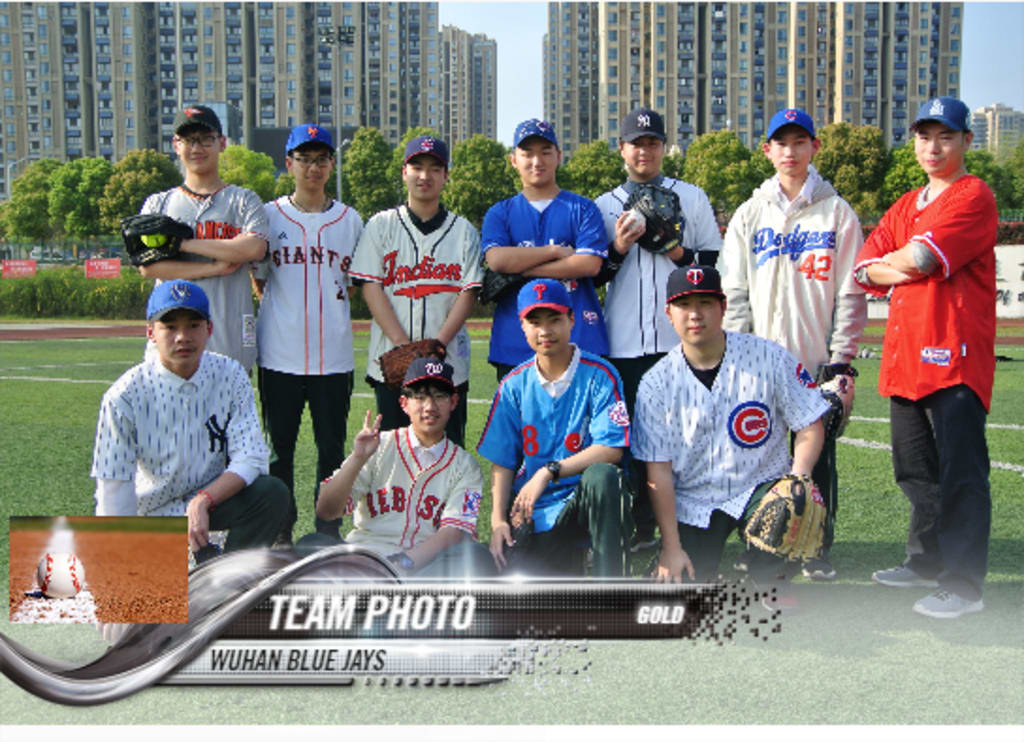
Many Mandarin words that don’t have their foundation in Chinese tradition and culture or that are used to describe Western ideas, items, activities and phenomena, simply end up being combinations of Chinese characters and English sounds. For example, Bangqiu (pronounced bahng-chee-oh) is how one would say baseball in Mandarin. “Bang” is the sound that one might hear as a baseball bat strikes a baseball. “Qiu” is the Mandarin word for ball. Together, they portray the Chinese idea of baseball - 棒 球 . As foreign as these Chinese characters may seem to a North American baseball fan, they are no less foreign than the game of baseball itself is to the average high-school student in Wuhan, China. Baseball is not a traditional sport in China. Neither does the game have any cultural background in the long history of the country. Only recently have Chinese Nationals become even remotely interested or familiar with the game. Chinese men’s baseball teams have participated occasionally in the World Baseball Classic held every four years and, several players of Chinese ancestry have played briefly in the Major Leagues. However, there are no Chinese-born players currently active in the Majors. Fairing somewhat more successfully, the National Women’s Fastpitch Softball team, the Beijing Eagles, finished ninth out of 16 teams at the 2018 World Championships in Japan. Still, baseball and softball have a long way to go to achieve a status even mildly comparable to the status of the game in other parts of the world. Out of the nearly 250 thousand schools in China, only 52 of them offer a program or field a team in softball and/or baseball. Only a small percentage of the average citizens in the People’s Republic of China have ever spoken the word bangqiu and an even smaller number have any idea of what the game is about. With this in mind, baseball / softball is a reasonably tough sell in China. Not to be deterred by this fact however, I felt that the time was right to start a team of my own. So, let the project begin!
My background in life is diverse. I have farmed, raising hogs and growing cereal crops. I have worked in Science Museums, dairy production plants, and have been a self-employed gardener. I have played, officiated and coached hockey, baseball, softball, and volleyball at competitive senior levels. I have a been a university student for nine years with a Science degree majoring in Biology and Psychology and minoring in Chemistry and Mathematics. I have separate Bachelor’s and Master’s Degrees in Physical Education and I have coached and officiated every school sport at every Grade and skill level. I also have a degree in Education which allowed me to teach for the greater part of my adult life. After teaching for 24 years in six different schools in three Canadian provinces, I moved on, to give international education a try.

I had been teaching high-school at a private English-immersion school in Wuhan, China for six years, when I decided to recruit a softball team to play the game at our school. Softball was one of the activity units included in the Physical Education curriculum at the school. However, the equipment used by the students in this segment of the course was sub-par at best and did not appear to be enticing any of them to continue down a path of baseball playing expertise. Softball and baseball, like many sports, are filled with terminology and specific vocabulary which will leave the average North American, scratching their head in an effort to keep up with what is going on during the span of a game. For Chinese students however, who already struggle with the English language, the terminology used in softball or baseball is in an entirely different “ballpark”, so to speak, with regard to difficulty. I recall talking to one of our Physical Education instructors about her progress with the students regarding the game. This particular instructor had played with the Canadian National Softball team and had competed internationally as an infielder at the highest levels. She admitted that student interest in the game was not what she was hoping for and that the school equipment left a lot to be desired, but that nothing in her teaching career even came close to the task of teaching a group of Grade 10 Chinese boys about the “infield fly rule”. On hearing this, I made up my mind to change the culture of baseball and softball in my school. I loved the game and I knew that I had a lot to offer with regard to the passing-on of skills and enjoyment. I was determined to start a team and keep it going for as long as I was still residing in China and for as long as my love for the game was able to generate interest in my players.
At first glance, my task seemed daunting, but I was up for the challenge and was determined to see the project through. My love for the game drove me over, through, and past any obstacles that were to stand in the way of managing and coaching a softball team in China. My first order of business was to get my hands on some decent softball equipment. Although many of the world’s products are actually manufactured in China, softball equipment did not seem to follow those same production demands. Wuhan, is a city of about 11 million people. I felt that it would likely be possible to find some sort of equipment – bats, balls, gloves, etc. – somewhere in the city. My search began in a section of the city known as 'Sports Town'. I found all sorts of basketball equipment and soccer equipment and badminton and table tennis equipment, but when I enquired, “Ni you méiyou bangqiu zhuangbei?”, my requests were met with blank stares, giggles, directions to other shops and mostly with general bewilderment. After asking this question of one shop-owner, he went into a back room, (filling me with some hope), only to return with a plastic club of some sort that bore stickers of Barney Rubble and Fred Flintstone on the barrel. After several weekends of searching fruitlessly for equipment in Wuhan, I graduated to online shopping. Even with the help of Chinese friends and staff persons, I was not able to find any sort of quality equipment in Shanghai, Beijing or Hong Kong. After all of my searching had gleaned nothing, the school year was just about over and I came to the realization that, if my team was to start playing, it would have to happen in the next season. I knew that it would be possible to find equipment when I returned to Canada for the summer so I stopped trying to find it in China and waited until I once again set foot on Canadian soil.
Determined to keep the project moving forward and to get my team going, I began my search for good softball equipment as soon as I settled at my summer home in Canada. I frequented several of the large sports-equipment stores in the cities. I was in heaven. I found gloves and softballs and bats and catcher’s equipment – all of the things any new softball team members could need or want. I estimated, that if I had two teams to play against each other at my school, I would have 18 to 20 players on my team. So, I purchased 20 good-quality gloves, only two of which were for left-handed throwers. Left-handedness is all but non-existent in China. Children are taught from birth to use their right hands when writing or when eating, using chopsticks, throwing, playing racquet sports and when performing other activities in their lives. I did notice that some students used their left hands for some select activities but even those students used their right hands for the same activities with at least equal proficiency. Along with the gloves, I also bought 20 regulation softballs. I purchased four batter’s helmets and six high-quality metal softball bats. I wanted to protect my catcher (whoever that may end up being) so I picked up a mask and chest protector. As I proceeded to the check-out, I prayed that my credit card would not melt when I attempted to pay for all this gear. The clerk was amazed as I began to ring through the items. A conversation started, of course, and one thing led to another. Ultimately, I revealed that I was living and teaching in China and that I would be using this equipment to coach a high-school team in the city of Wuhan. Instantly, the clerk called the store manager to the front and retold her the story. Without even asking for any sort of relief on the price, the manager, being so intrigued by my story, offered me a huge discount on all the items and threw in two equipment bags free of charge. I loaded the equipment into the bags and rolled them out to my van. Once the bags were stowed in the back, I unzipped one of them. The aroma of baseball-glove leather wafted from the opening and permeated my olfactory canal, taking me back to a time when I was twelve years old and when I watched life unfold through the webbing of my own outfielder’s glove while standing beside Willie Mays and the Alou brothers in the outfields of my youth. As I drove from the city to my rural home, I left the bag open. As the scent of leather continued to ubiquitously fill the van, I imagined my new team and their delight in trying on and trying out this new apparel . I couldn’t wait.
Soon, it was late August and summer holidays and summer visiting was fast approaching an end. Normally, I would be a little saddened by the fact that I was leaving my friends and family members to make the long trip for another year in China. But this year, softball was on my mind and I was looking forward to getting the school year started as quickly as possible. Traveling to China, each August, to teach, is no easy task. Historically, both my wife and I, each had to carry at least one large suitcase. This particular summer those suitcases were filled with summer clothing purchases, western toiletries and accessories and food items and pharmaceuticals not easily found in China. These bags were usually capable of debilitating most weigh scales at airport check-ins. Fortunately, we were usually able to fly with a Chinese carrier like China Eastern or China Air or China Southern, all of whom had baggage-limit mottos of, “If you can lift it onto the weigh-scales, we’ll take it”. Chinese travelers are famous for the vast and excessive volumes and masses of luggage they are able to heft into airports and onto airplanes. I guess we had lived in China long enough that we were now doing just as the Chinese flyers did. Not only were the cabin luggage and check-in bags a major worry when travelling back and forth to China, but there were always connecting flights to catch and layovers to plan for. When these occurred, there were added sessions of collecting baggage and carting baggage and dropping off baggage and checking baggage that one would normally not have to endure in a direct flight routine from point A to point B. When we flew from Wuhan to Beijing to Calgary to Saskatoon in early July, we each had only one carry-on piece of luggage and only one medium check-in bag, which was checked all the way from Wuhan to Saskatoon. This meant that our terminal-based work was free and easy, giving us time to browse and try out some quirky airport restaurants and so on.
Fast forward to August 20 – Saskatoon airport, husband and wife, two heavy carry-ons (loaded with pharmaceuticals), two over-sized check-in bags (loaded with clothing, toiletries, food items) . . . AND two equipment tote bags (filled to the brim with 20 leather baseball gloves, 20 softballs, 6 metal bats, 4 batter’s helmets, 1 catcher’s mask, 1 catcher’s chest protector) all of which could only be checked through from one airport to the next and not to the final destination. So, in Calgary we collected 2 heavy check-in bags and two bags of softball equipment. In Beijing we collected and carried to check-in, 2 heavier check-in bags and two heavy bags of softball equipment. And in Wuhan we collected 2 of the heaviest check-in bags known to man, and two high-density bags of softball equipment and then carried all of them through the Tianhe airport and the parking lot to a car which drove us to our school where we unloaded all said bags and then carried them one kilometer to our apartment. Fortunately, my wife loved me then and still loves me now. She was definitely a main cog in the wheel of Chinese softball for the upcoming season.
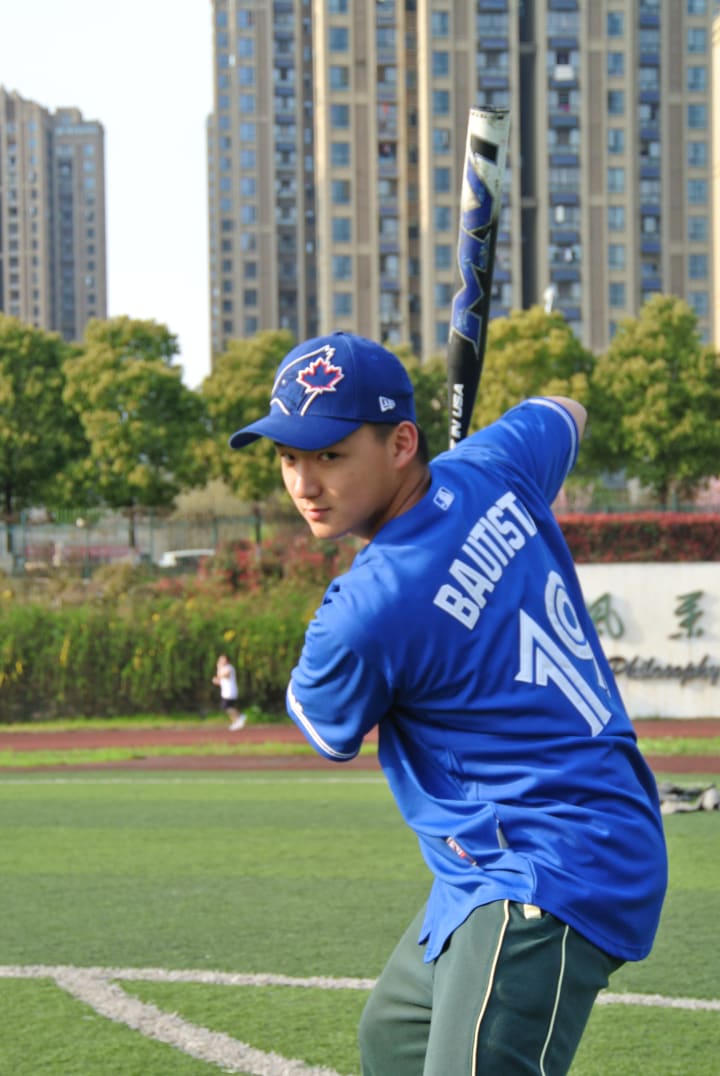
The extra-curricular program mandate in our international school was for each foreign teacher on staff to be in charge of managing an after-school club for an interested group of students. To facilitate this Club Program, the school annually held a Recruitment Fair in the Parade Square. Teachers would set up trade-fair tents and basically busker and sell their particular clubs through motivational speeches, activities and multimedia presentations. Sign-up sheets were made available at each kiosk for students to enter names and grades, indicating their interest in and commitment to a particular club or team. In previous years I had been a leader for a Cooking Club and a Track & Field Club and a Comedy Club. This year, and for the foreseeable future, I planned to operate a Softball Club Team. Recruitment started slowly as there were about 80 different clubs for students to choose from. Gradually though, several of the Grade 10 boys started dropping by. I had equipment for them to try on. They picked up gloves and bats and softballs and modeled batter’s helmets and face masks. They had their pictures taken while wearing Major League Baseball uniforms. As more and more students played with the equipment, more and more students, in turn, were attracted and more and more of them signed up to play. By the end of the day, I had 23 names on my list. Two girls and 21 boys – all Grade 10s and all, but the two girls, with limited English-speaking skills and all with zero baseball or softball knowledge. I assumed then (and correctly as time proved) that they would also likely have zero or nearly zero skills related to the game. I could see that my job would not be as easy as I had imagined it to be during the planning stages of my project and during my equipment-buying-spree earlier in the summer. I collected phone numbers, email addresses and QQ numbers from each of my recruits. One of the girls volunteered to organize the names on the list and to set up an on-line group for the purposes of sending and receiving team messages (mostly to and from me, as the coach). We established that our practices and activities would start on the following Monday of the week and take place on every Monday after that if weather permitted. If weather didn’t permit, we would meet in the kitchen of my Cooking classroom and make cookies or watch baseball movies and videos. My idea was to develop a culture of baseball, whether it be school-wide or team-wide, with the plan to (ambitiously) see it spread through the entire People’s Republic of China. As you have likely never heard of our team nor our records and statistics, you will no doubt realize that this latter plan did not exactly come to fruition.
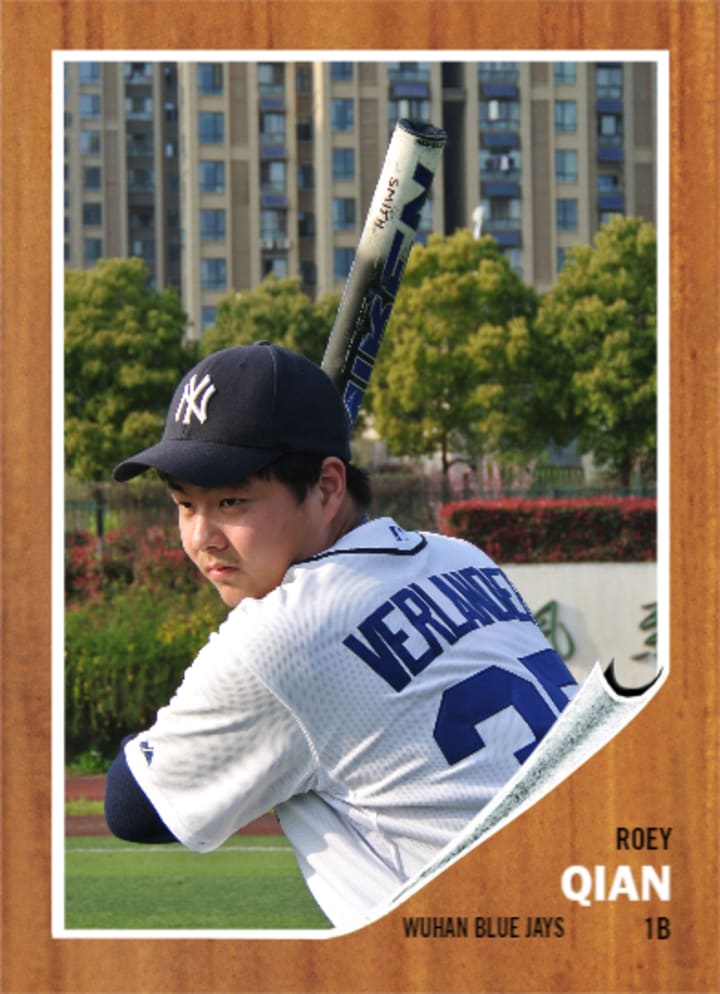
However, we did move forward and all 23 recruits attended the first practice on the following Monday. I had drawn up a complete practice plan for a total of 25 sessions, complete with drills and skill testing and try-outs for the different positions on the team. I planned to apply the activities for session #1 in a logical sequence and with precise timing so as the activities could flow from one to the next in the limited time I had at my disposal. I had assumed correctly that the players would be unable to throw or catch with any great degree of skill. I had assumed correctly that they would be unable to swing a bat with any sort of technique or biomechanical advantage. I had assumed correctly that none of them would know about defensive positioning nor baserunning. So all of these assumptions were built into my progressive design for moving through the practices. Some of the things that I didn’t plan for however, included players not knowing how to put on a glove nor on which hand to put it. I didn’t plan for players not knowing how to line up across from a partner so that all of the team members could safely play catch without at least six of them getting bonked on the head with the ball every 20 seconds. I didn’t plan for players not knowing the spoken English difference between a batter’s helmet and a catcher’s mask. To my players, the word batter’s and catcher’s had nearly the same sound and thus the same meaning. Needless to say, my first practice did not go nearly as planned nor did it accomplish most of the things that would draw our team closer to a position of notoriety in the legends of Chinese baseball. I spent a good portion of the practice explaining the concepts of right-hand and left-hand and that if you were a right-handed thrower then your glove goes on your left hand and you catch the ball in your glove not with your bare throwing hand. Although, on observing the lack of force applied during the throwing motion, any body part, protected or not, could easily have been used to catch a ball. Instead of throwing and catching drills, we practiced putting on gloves and then taking them off and then putting them on again and then taking them off and then putting them in the equipment bag and then taking them out of the bag and putting them on and so on and so on and so on. After we were through with the gloves, we moved on to the batting helmets. We picked them up and put them on with the peak of the helmet pointing forward, and then we took them off and then we repeated until everyone knew the subtle differences amongst batter’s helmets and gloves and catcher’s masks. Each player got to wear a batter’s helmet and kneel down in front of their partner while their partner dropped softballs onto their protected heads. After those concepts were firmly embedded in their hearts and minds forever, each student got to put on the catcher’s mask and lie down on their back on the ground. Their partner would then drop a ball on their face from kneeling height. The player wearing the mask had to try to keep his / her eyes open throughout the entire drop of the ball. It is almost unbelievable, how much enjoyment these activities brought to the players on the team. When the session was over and they all knew how to put on a helmet and a glove and they all knew that a catcher’s mask and a helmet were very effective at almost entirely eliminating the pain one felt on being hit in the face or head with a softball. I showed them that there was a very special way of putting all the equipment back into the two bags so that every item fit. They learned the concept of “a place for every item and every item in its place”. And, they followed that rule for the remainder of the two seasons that we played softball together and they were happy to follow that rule and they all laughed and smiled when they met me in my classroom to pick up the equipment and carry it out to the field and they all laughed and smiled when they put the equipment properly back into the bag and carried it back to my classroom. And at the end of the day, I felt that if they learned nothing else from me about the game of softball, they learned that at least. Maybe that is the most important thing. Who knows?
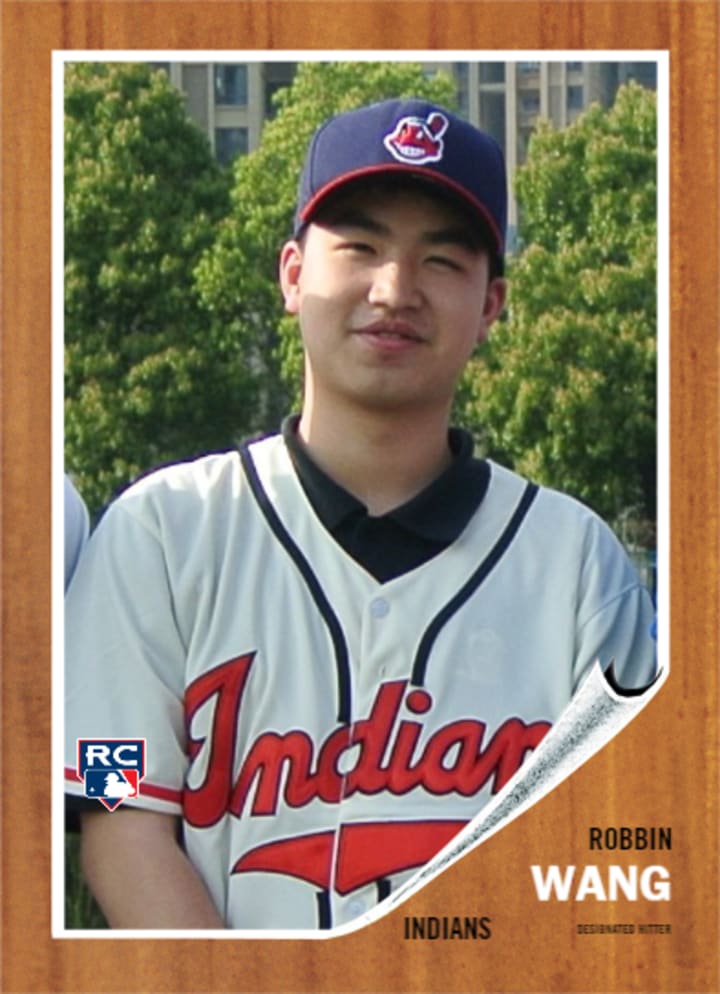
In practice session #2 we reviewed the things we learned in the previous session. The players were good at putting on helmets and gloves and masks so I felt it was time to move on and pick up a ball in a mechanically advantageous manner and learn to throw it with some degree of applied force and with a modicum of accuracy. After five minutes of the players chasing softballs all over the playing field and with maybe two successful catches made by the team collective in that time, I realized that we needed to throw the softballs inside the screened enclosure of the tennis court. We did just that. I lined-up and spaced-out the players and gave them each a ball and told them to throw it as hard as they could against the fence. Whenever their ball or another ball rolled past them, they could pick it up and throw again. The more accurate they became, the more often they got to throw a ball. They were all reasonably skilled at playing badminton so they caught onto the mechanics of throwing a ball without too much difficulty. Once the players became more proficient at throwing a ball with consistent accuracy, they graduated to playing catch with a partner. There were still occasions where every player on the team would be running here and there to retrieve a ball, but it did get better.
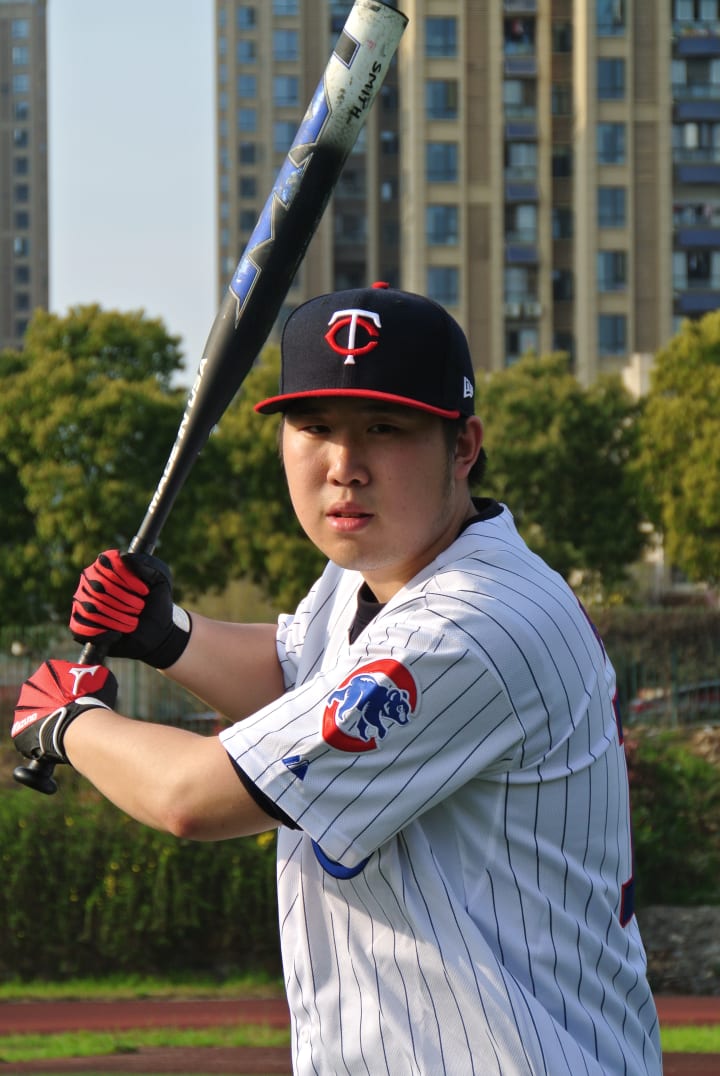
Practice session #3 was a session to remember. This was the session where the players got to pick up a bat, learn how to hold it, and learn how to swing it properly. It didn’t take long for all of them to learn to make contact with a soft-tossed ball from me. This was definitely the aspect of the game that all of them enjoyed the most. After years of playing badminton, hand-eye coordination using a softball bat did not seem to pose any problems. It was therapeutic for them after spending a full 10-hour day in an English-only classroom, straining and stressing to focus on listening to and speaking and writing the English language, to finally escape and pound the living daylights out of a softball. Hitting practice always seemed to go well and the players never grew tired of it. Many developed blisters on their hands and fingers, which turned eventually to callouses from taking so many swings during the course of a practice session. Some players like Jim and David and Roey would spend extra time batting and take as many as one hundred swings in an afternoon session and leave the field drenched in sweat brought on by the high humidity of the Wuhan air. From that point on, our practice sessions included playing catch with a partner, fielding ground balls and soft fly balls and batting soft tosses into the screen surrounding the tennis courts. Our first season went by quickly and the team members were happy just to practice these skills in efforts to simply become more proficient in handling ball, glove and bat. I was lucky enough to have the same crew of players in the second season as I had had in season one. Practices now included some defensive drills and base-running drills. The players learned about defensive positioning and eventually graduated to playing modified games. Some of the teachers on staff, generously volunteered their time after school to come to our practice sessions so that we would have enough players to field two teams and play some games.

By the midway point in the second season, it became clear that we were not going to find any teams in the city of Wuhan to play ball against, so what we did for the rest of our time together was to simply organize some games with the teacher volunteers and keep playing as we had done previously. I also knew that I would be leaving China and returning permanently to Canada at the end of that school year. My players would be graduating in a year’s time and practices with regular attendance would be more difficult to organize in their busy, time-limited Grade 12 year. Before I left, I gifted each player with a leather glove and a regulation softball. Even though I left much of the equipment behind with my assistant coach, so that he could carry on the new-found softball culture in the school, the specter of Covid hit the city of Wuhan half-way through the year and the players never did get back to playing any more softball. Looking back though, the Take Me Out to the Ballgame Project was as successful as it could have been. The core group of players – (Stark, Christian, Leo, Antonia, Roey, Jim, Robbin, Ziv, Louis, Sky, David, Jacker and Carly) and my assistant coach Lane and I had some fun and a lot of laughs. They learned a little about the game and some of the skills. They all knew more than when they started. They could talk some baseball and I think they will probably all maintain an appreciation for the game for years to come. And, who knows, maybe someday, one of these softball players will surprise us all and be instrumental in developing and growing the game of softball in China.
About the Creator
John Oliver Smith
Baby, son, brother, child, student, collector, farmer, photographer, player, uncle, coach, husband, student, writer, teacher, father, science guy, fan, coach, grandfather, comedian, traveler, chef, story-teller, driver, regular guy!!
Enjoyed the story? Support the Creator.
Subscribe for free to receive all their stories in your feed. You could also pledge your support or give them a one-off tip, letting them know you appreciate their work.




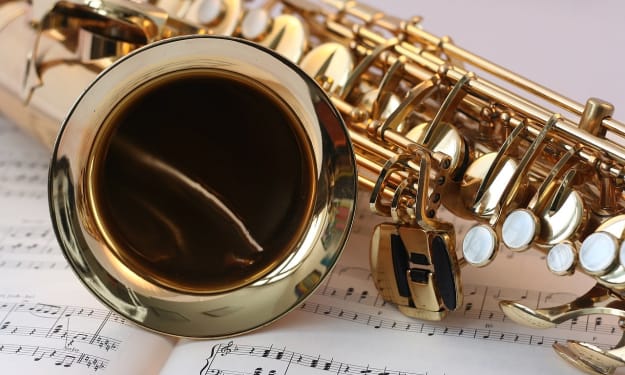

Comments
There are no comments for this story
Be the first to respond and start the conversation.